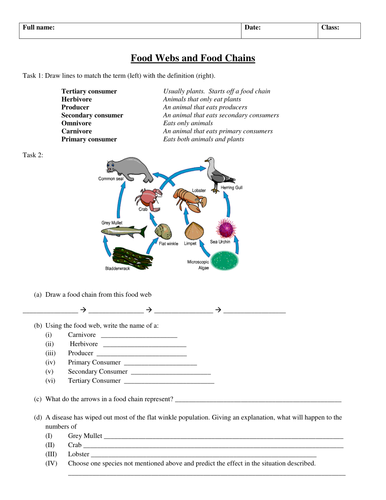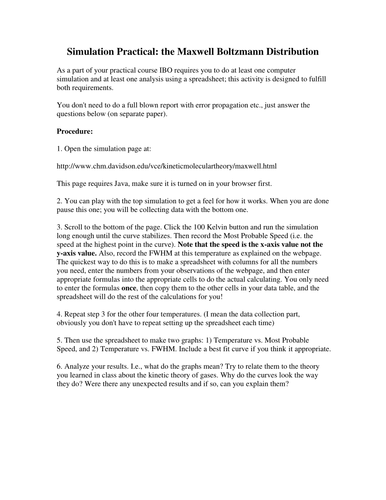Dl573's Shop
Experienced teacher of IB Business, IB Biology, IB Chemistry, IB maths, TOK, as well as AP, IGCSE and MYP curricula. I have editing and design experience and create very clear, student friendly powerpoints and worksheets. IB Business unit packs present complete resources for an entire unit of the Cambridge text (S&S). New resources to be uploaded frequently, join the mailing list to receive immediate notifications.




















